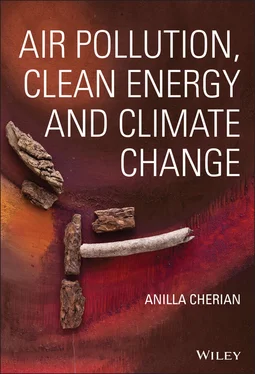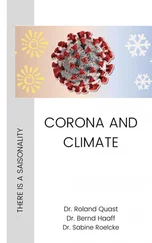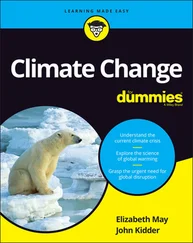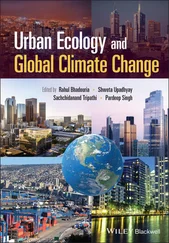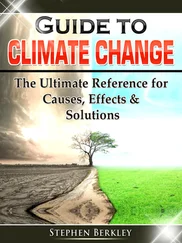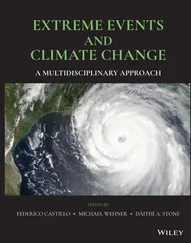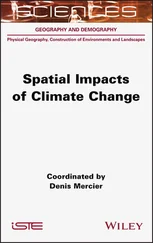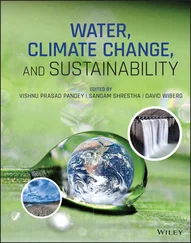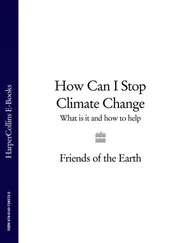Anilla Cherian - Air Pollution, Clean Energy and Climate Change
Здесь есть возможность читать онлайн «Anilla Cherian - Air Pollution, Clean Energy and Climate Change» — ознакомительный отрывок электронной книги совершенно бесплатно, а после прочтения отрывка купить полную версию. В некоторых случаях можно слушать аудио, скачать через торрент в формате fb2 и присутствует краткое содержание. Жанр: unrecognised, на английском языке. Описание произведения, (предисловие) а так же отзывы посетителей доступны на портале библиотеки ЛибКат.
- Название:Air Pollution, Clean Energy and Climate Change
- Автор:
- Жанр:
- Год:неизвестен
- ISBN:нет данных
- Рейтинг книги:5 / 5. Голосов: 1
-
Избранное:Добавить в избранное
- Отзывы:
-
Ваша оценка:
- 100
- 1
- 2
- 3
- 4
- 5
Air Pollution, Clean Energy and Climate Change: краткое содержание, описание и аннотация
Предлагаем к чтению аннотацию, описание, краткое содержание или предисловие (зависит от того, что написал сам автор книги «Air Pollution, Clean Energy and Climate Change»). Если вы не нашли необходимую информацию о книге — напишите в комментариях, мы постараемся отыскать её.
to leave no one behind
Air Pollution, Clean Energy and Climate Change
Energy and Global Climate Change
Air Pollution, Clean Energy and Climate Change — читать онлайн ознакомительный отрывок
Ниже представлен текст книги, разбитый по страницам. Система сохранения места последней прочитанной страницы, позволяет с удобством читать онлайн бесплатно книгу «Air Pollution, Clean Energy and Climate Change», без необходимости каждый раз заново искать на чём Вы остановились. Поставьте закладку, и сможете в любой момент перейти на страницу, на которой закончили чтение.
Интервал:
Закладка:
Mitigation or the reduction of GHG emissions that are seen as principally responsible for the rise in global surface temperatures.
Adaptation or the human and/or ecosystem related responses to a range of adverse climatic impacts, such as sea‐level rise (SLR), increase in the frequency and intensity of extreme weather related events, effects on fragile marine ecosystems and coastal zone inundation, that accompany a rise in global surface temperatures.
The issue of climate change has galvanized the public more than any other global environmental problem. And yet, a comprehensive and effective global resolution to the climate change crisis that expressly addresses the health and morbidity costs associated with unclean air and polluting forms of energy has proven elusive over the years. 27 years after the first UNGA climate resolution was adopted, the UN Paris Agreement (PA) on climate change was gavelled into history after a marathon final day of negotiations on 12 December 2015. All UN member states universally pledged to undertake ambitious action, and agreed with the PA’s serious concern about ‘the urgent need to address the significant gap between the aggregate effect of Parties’ mitigation pledges in terms of global annual emissions of greenhouse gases by 2020 and aggregate emission pathways consistent with holding the increase in the global average temperature to well below 2 °C above preindustrial levels and pursuing efforts to limit the temperature increase to 1.5 °C above preindustrial levels’ (UNFCCC 2015, p. 2). What made this 2015 New Year’s planetary resolution different from all prior UN climate resolutions and agreements was that it was the first inclusive, yet completely voluntary global climate change accord that covered all member states. The voluntary rather than legally binding aspect of the PA is in contrast to the overarching UN climate treaty, the 1992 United Nations Framework Convention on Climate Change (UNFCCC), as well as the 1997 Kyoto Protocol (KP) to the UNFCCC. But, it is precisely the PA’s inclusion of the widest possible cooperation by all countries, and the entirely voluntary scaling up national climate pledges that serves as the global litmus test for distinguishing between climate hype versus verifiable climate action. On October 21, 2021, the United States (US) Office of the Director of National Intelligence (ODNI) released its first ‘National Intelligence Estimate on Climate Change’ and offered a stark ‘ takeaway ’: ‘ Global momentum is growing for more ambitious greenhouse gas emissions reductions, but current policies and pledges are insufficient to meet the Paris Agreement goals… Intensifying physical effects will exacerbate geopolitical flashpoints, particularly after 2030, and key countries and regions will face increasing risks of instability and need for humanitarian assistance ’ (US ODNI 2021, p. i).
The Intergovernmental Panel on Climate Change (IPCC), the world’s largest compilation of scientific expertise ever convened on any global environmental topic, has persistently warned about climate change since 1988 via a series of comprehensive assessment reports (ARs). The IPCC’s Fifth Assessment Report (AR5) ‘Summary for Policy Makers’ (SPM) cautioned that: ‘Human influence on the climate system is clear, and recent anthropogenic emissions of greenhouse gases are the highest in history… . Warming of the climate system is unequivocal, and since the 1950s, many of the observed changes are unprecedented over decades to millennia. The atmosphere and ocean have warmed, the amounts of snow and ice have diminished, and sea level has risen’ (IPCC 2014a, p. 2). But, the warming of the climate system could actually be much worse than anticipated with CO 2being added to the atmosphere 100 times faster than at any point in pre‐industrial human history and more damage being done in the three decades since the IPCC was established than in the whole of human history (Wallace‐Wells 2019). The SPM’s stark reminder of irreversibility of climate change except in the case of a comprehensive and timely net removal of atmospheric CO 2emissions is worrisome precisely because even after a complete halt of net CO 2emissions, surface temperatures will remain elevated for several centuries: ‘A large fraction of anthropogenic climate change resulting from CO 2emissions is irreversible on a multi‐century to millennial time scale, except in the case of large net removal of CO 2from the atmosphere over a sustained period. Surface temperatures will remain approximately constant at elevated levels for many centuries after a complete cessation of net anthropogenic CO 2emissions. Due to the long time scales of heat transfer from the ocean surface to depth, ocean warming will continue for centuries’ (IPCC 2013, p. 28).
But now, the most recent IPCC Sixth Assessment Report (AR6) Working Group 1 SPM report has issued a grim warning: ‘ It is unequivocal that human influence has warmed the atmosphere, ocean and land. Widespread and rapid changes in the atmosphere, ocean, cryosphere and biosphere have occurred … . Since 2011 (measurements reported in AR5), concentrations have continued to increase in the atmosphere, reaching annual averages of 410 ppm for carbon dioxide (CO 2), 1866 ppb for methane (CH 4), and 332 ppb for nitrous oxide (N 2O) in 2019. Land and ocean have taken up a near‐constant proportion (globally about 56% per year) of CO 2emissions from human activities over the past six decades, with regional differences (high confidence). Each of the last four decades has been successively warmer than any decade that preceded it since 1850’ (emphasis added, 2021, p. 5).
Figure 1.1excerpted from AR6 SPM provides a grim schematic view of human‐induced global warming.
There has been ample global policy recognition of the costs of climate change being inequitably borne by the global poor. In 2009, a UN Report entitled ‘The Impact of Climate Change on Development Prospects of the Least Developed Countries and Small Island Developing States’ noted that: ‘Climate change affects all, but it does not affect us equally. Nor do we possess the same capacity to respond to its challenges. As is often the case, the most vulnerable countries ‐ particularly the Least Developed Countries and Small Island Developing States ‐ find themselves in the worst situation again’. The report went on to call for the 2009 UN Climate Conference in Copenhagen – billed as the Conference to ‘seal the deal’ – to ‘produce tangible commitments for the benefit of the most vulnerable to climate change’ (UN 2009, p. 4). But more than a decade later, as the dust settles from the 2021 UN Glasgow Climate Conference, a comprehensive and effective climate deal focused on addressing the needs of the poorest communities and countries is yet to be sealed. Timperly has provided compelling evidence of the broken $100 billion promise of climate finance that was pledged by richer countries in 2009 to help poorer countries adapt to climate change (2021). Also in 2009, the International Energy Agency (IEA) estimated that for each year that passes the window for action on emissions reductions over a given period becomes narrower. It calculated that each year of delay before moving onto the emissions path consistent with a 2 °C temperature threshold would add approximately $500 billion to the global incremental investment cost of $10.4 trillion for the period 2010–2030 and, more significantly, that a delay of just a few years would likely render that goal completely out of reach (IEA 2009, p. 52).
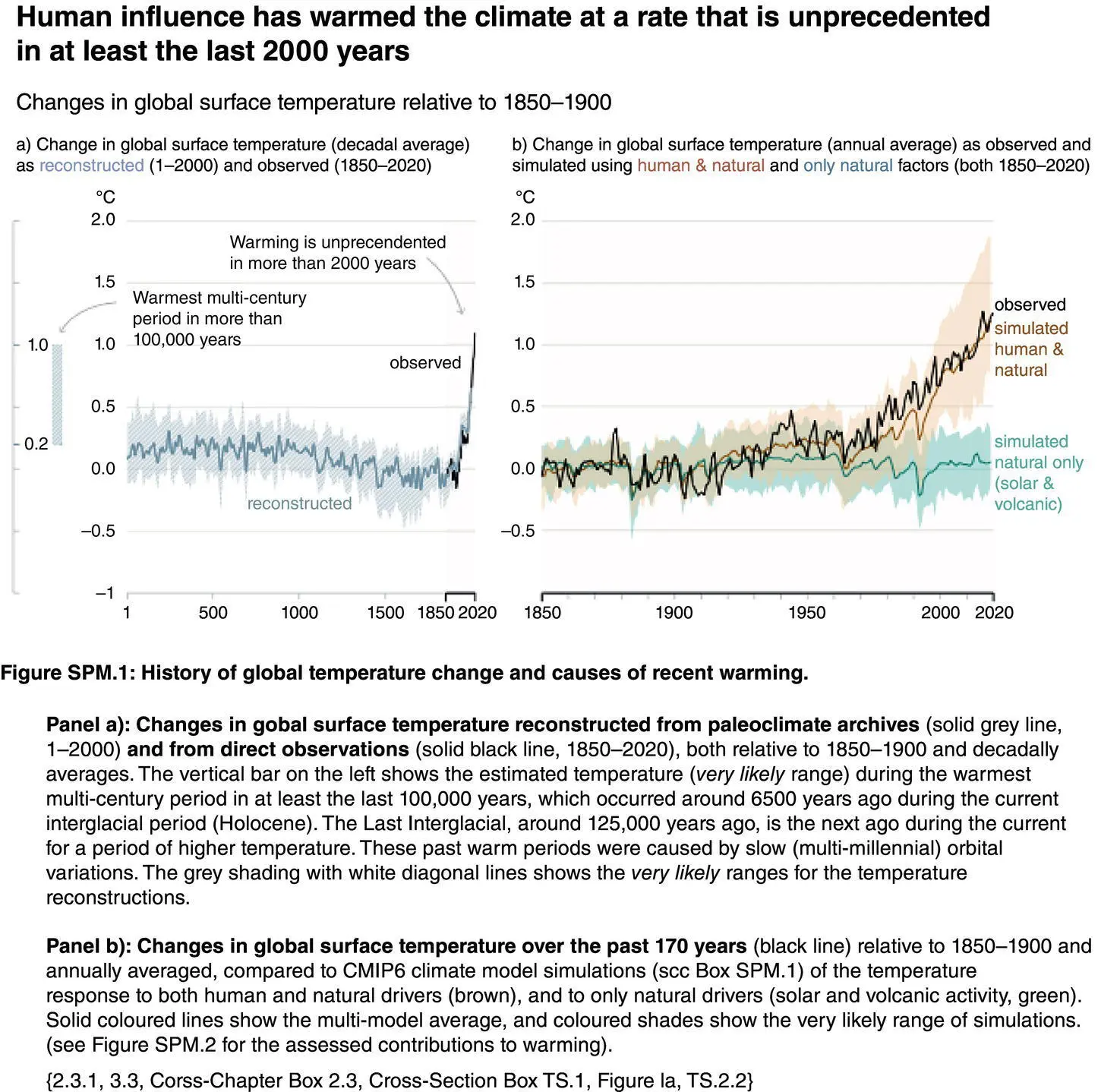
Figure 1.1 History of global temperature change (IPCC/AR6 SPM).
Читать дальшеИнтервал:
Закладка:
Похожие книги на «Air Pollution, Clean Energy and Climate Change»
Представляем Вашему вниманию похожие книги на «Air Pollution, Clean Energy and Climate Change» списком для выбора. Мы отобрали схожую по названию и смыслу литературу в надежде предоставить читателям больше вариантов отыскать новые, интересные, ещё непрочитанные произведения.
Обсуждение, отзывы о книге «Air Pollution, Clean Energy and Climate Change» и просто собственные мнения читателей. Оставьте ваши комментарии, напишите, что Вы думаете о произведении, его смысле или главных героях. Укажите что конкретно понравилось, а что нет, и почему Вы так считаете.
